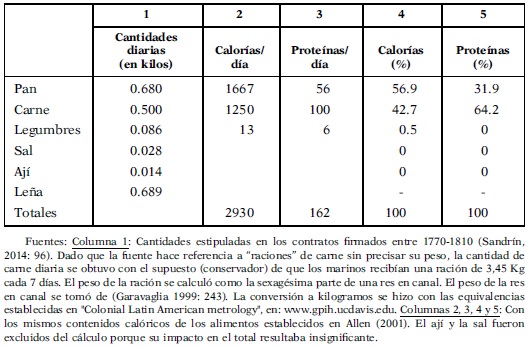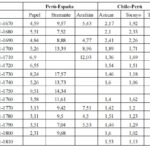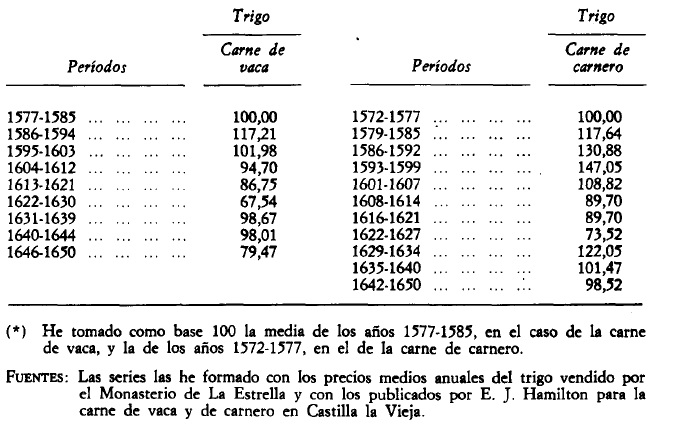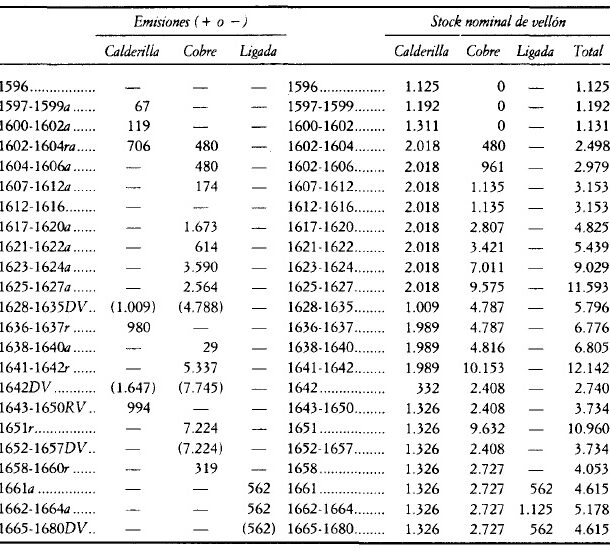
By 1700, the Hispanic Monarchy dominated a vast territory where the American colonies were divided into two huge viceroyalties. Trade between Spain and Peru experienced a certain increase despite being one of the most difficult places to access as it pushed the passage towards the Pacific Ocean. The number of ships that made this journey increased 2.6 times between 1660 and 1770. However, although Peru’s trade with Spain was predominant, Chile was the main destination for its regional maritime exports, which consisted primarily of sugar, tobacco and textiles. Grain trade was non-existent between the Peruvian and Chilean regions because there was no clear comparative advantage. However, the situation changed after the Lima earthquake of 1687, which resulted in a significant drop in wheat prices. On the other hand, trade regulation and its impact on the ease of trade improved after the Bourbons came to the throne. However, the differentials are greater between trade between Spain and Peru than between Peru and Chile. In the former case, goods could cost four times or more in Lima than in Castile at the end of the 17th century. In the case of the Pacific, prices were 50% higher in the same period, whether in Santiago or Lima. A comparison of price dispersion between the second half of the seventeenth century and the eighteenth century shows a tendency towards less dispersion in the case of paper, while values remain relatively stable for bramante and saffron. The War of the Spanish Succession, one of the determining factors, together with the War of Jenkins’ Ear, which slowed down the globalisation process, was an immediate effect at the beginning of the 18th century. The loss of commercial influence was alleviated from 1739 with the full authorisation of single vessels to trade between Spain and Peru.
Collection: Statistics
Project: 3. Rural world and urban world in the formation of the European identity., 4. Family, daily life and social inequality in Europe.
Chronology: XVII, XVIII, XIX
Scope: Secondary Education, Baccalaureate, University
Resource type: Statistics
Format: Table
Source: Gallo, Andrés y Newland, Carlos, «Globalización y convergencia de precios en el Imperio Español 1660–1810», Revista de Historia Económica, Journal of Iberian and Latin American Economic History, 22, nº3 (2004), pp. 573–596.
Language: Spanish
Date: 2004
Owner: Álvaro Romero González (Modernalia)
Copyright: © Andrés Gallo, ©Carlos Newland © Revista de Historia Económica
Abstract: Relative prices of traded products in the Spanish Empire (paper, bramante, saffron)
Image
Tags







